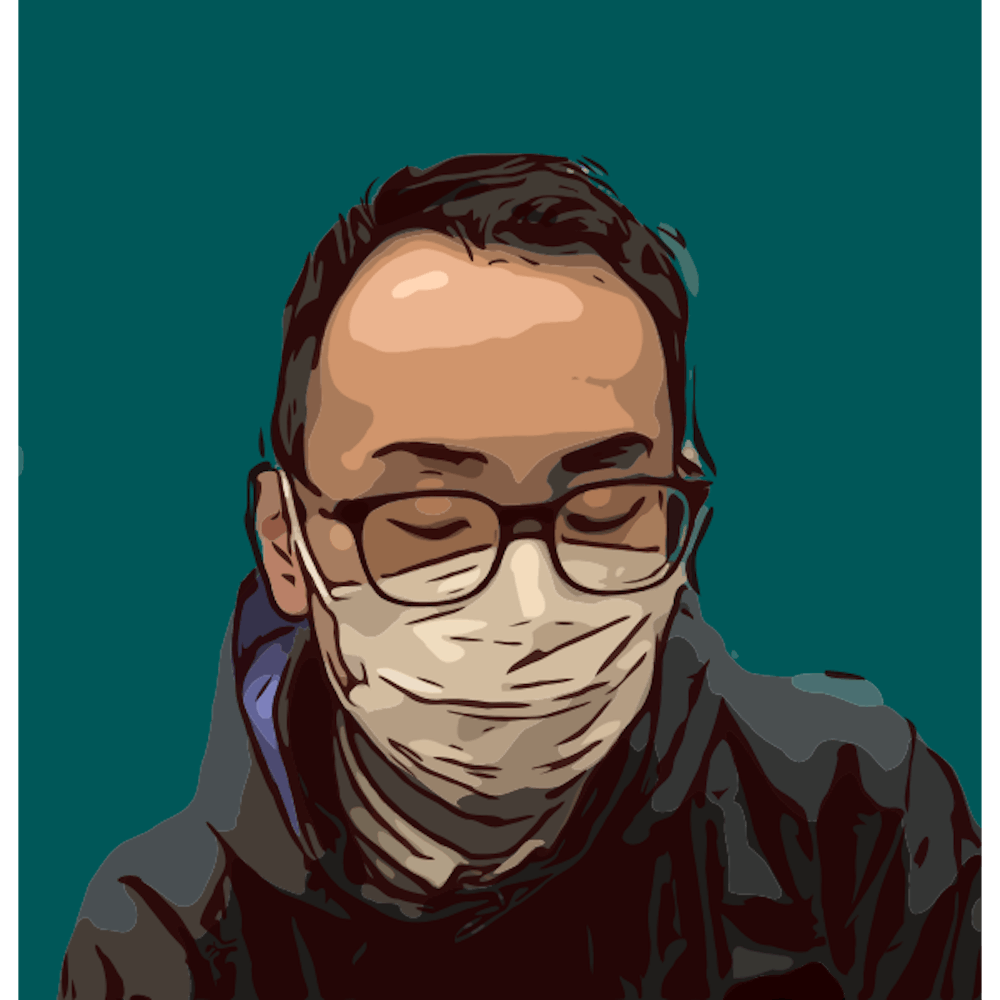On March 16, President Trump began referring to COVID-19 as the “Chinese Virus.” Other xenophobic varieties officials have used include: “the Chinese flu,” “the Wuhan coronavirus,” and my personal favorite, “Kung-Flu.” Many who have faced criticism for using such names have offered the defense that previous diseases have also been named after places, such as the Spanish flu and Ebola.
However, as Vox indicates, these viruses are not named after their origins. The Spanish flu, for instance, started in Kansas, but became widely known as such because Spain was the only Western nation that reliably documented the domestic spread of the pandemic. In contrast, regarding COVID-19, Trump stated that the virus “comes from China,” making it clear that his preferred name for the virus directly refers to its place of origin. Rather, the choice to associate COVID-19 with China stems from historical and systemic choices in America to associate disease with foreigners and particularly Chinese immigration.
When a wave of male Chinese immigrants first settled in San Francisco’s Chinatown in the 19th century, Americans perceived the presence of the Chinese as a contamination of the pure white polity. They blamed these men for bringing diseases such as leprosy and syphilis to America and claimed that their “ill moral character” polluted the harmonious social order of American culture. The popular media portrayed Chinese immigrants as rat-like. The braided queue (cue) hairstyle of the Qing Dynasty became appropriated to form a stereotypical image of the Chinese man, its slender length and form meant to mirror the tail of a rat.
This stereotyping explains much of the violence towards Asians that has arisen out of COVID-19. When a pandemic means losing control over one’s life, the qualities which make us human become compromised. With so much suffering it is only natural to want something or someone to blame. But when blame becomes abuse, it’s no longer a question of “Whose fault?” but rather, “Who do we consider human?” Who gets to be included amongst the crowd of people suffering, and who do we punish to make the balance equal again?
Depicting the Chinese as rat-like immediately classifies them as subhuman and thus an easy scapegoat. Additionally, the fact that the virus emerged from a city in China directly feeds into the stereotype of the Chinese as unclean vermin, portraying the Chinese body as both the cause and the carrier of the disease. Building on existing American stereotypes that perceive all Asians as the “same,” this negative stereotype can be extended tof all Asians, including Asian Americans. Americans assume that Asians — the perceived carriers of the disease — are immune to COVID-19, not victims, and therefore do not suffer in the same way as others. This mentality excuses xenophobic behavior towards Asians, transforming violence into a perceived act of retribution.
The violence perpetrated against the Asian community evidences the harmful repercussions of clumping East Asians into one stereotype. One of the confusing aspects of growing up Asian in America is that America homogenizes all of East Asia under contemporary forms of Orientalism, while also maintaining starkly different perceptions of China, Japan, and Korea in pop culture. There’s no way of knowing with certainty which situations will be labeled as collectively “Asian,” and which will be directly attributed to a specific country. The coronavirus has embodied this paradox to its fullest, occupying both mindsets at once: our president clearly marks the virus as “Chinese,” and the actions of Americans suggest that the general public perceives COVID-19 as an Asian problem.
A few months ago, just as the virus was beginning to creep into the United States, one of my friends — originally from the city of Hohhot, China — posted the following remark on Facebook: “I understand why you guys don’t know what ‘sick man of Asia’ means to Chinese people, just like I didn’t know what the ‘N’ word means to African-American people.”
As an Asian American, I can never fully comprehend the weight of his words because I have my Korean identity as a shield and can wield my monolingualism as a weapon of defense, evidence of my alleged belonging and allegiance to America. But I do know that the phrase “sick man” implies “less than human”; it means drawing divisive lines during a time when we should be crossing borders to prop each other up; it means that in spite of the glitzy checkpoints of progress in absolving the problem of American racism, people still haven’t figured out that being human means equal opportunity to suffering and means collective humanity, regardless of skin color. COVID-19 doesn’t discriminate — but it seems that’s all we know how to do.








